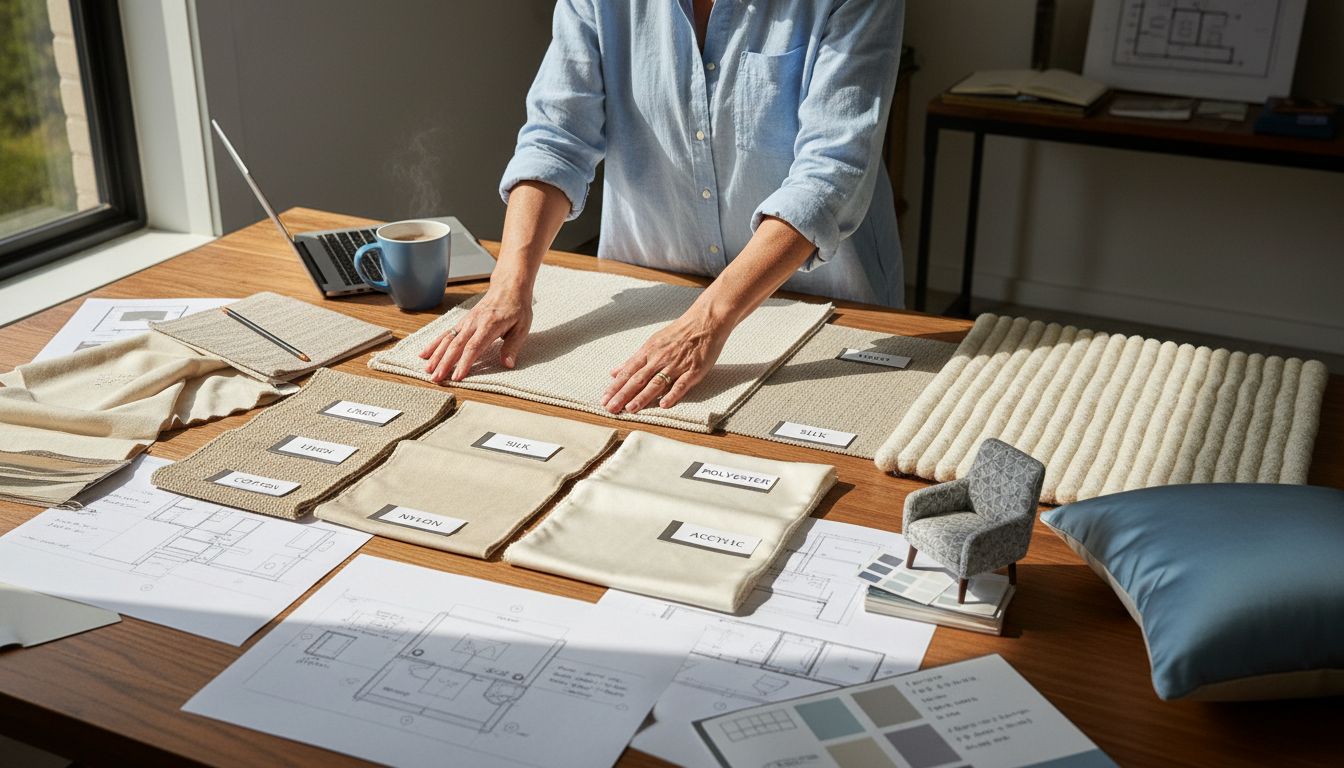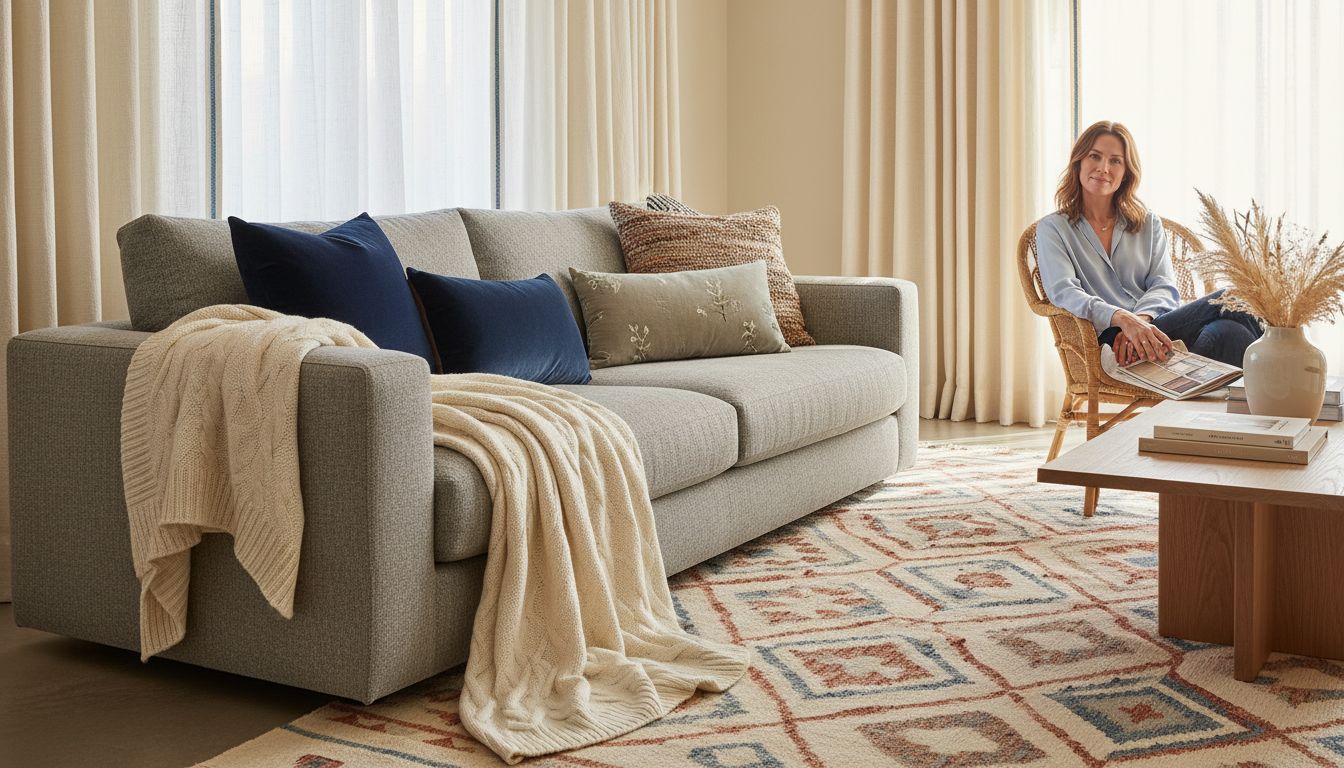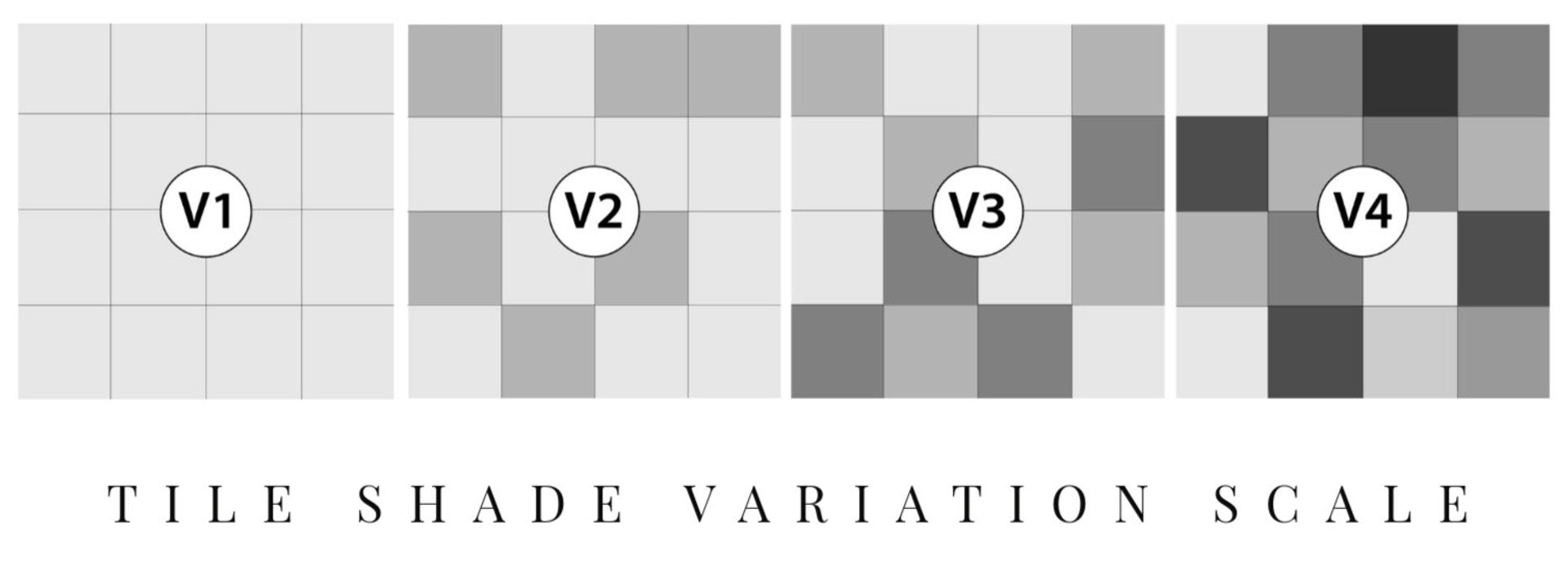Did you know that textiles can impact a room’s comfort level by up to 30 percent just by their presence and quality? From the soft throw on a couch to the sturdy fabric covering your favorite chair, textile choices shape both how a space looks and how it feels. The right fabrics bring texture, warmth, and personality, helping designers create rooms that balance visual appeal with real-world comfort and durability.
Table of Contents
- Defining Textiles In Interior Design
- Types Of Fibers And Fabric Categories
- Functional Roles And Key Characteristics
- Safety And Regulatory Requirements
- Sustainable And Emerging Textile Trends
Key Takeaways
| Point | Details |
|---|---|
| Textiles Transform Design | Textiles enhance both the aesthetic and functional aspects of interior spaces, providing comfort, texture, and environmental control. |
| Fiber Selection Impacts Functionality | Choosing between natural and synthetic fibers is crucial for achieving desired durability, maintenance, and visual appeal in various spaces. |
| Safety and Compliance are Essential | Selecting textiles requires adherence to safety regulations, including flame retardancy and low toxicity levels, to ensure occupant protection. |
| Sustainability is Key | The trend towards sustainable textiles emphasizes eco-friendly materials and responsible manufacturing practices to meet growing consumer demand for ethical products. |
Defining Textiles in Interior Design
Textiles are the unsung heroes of interior design, transforming spaces from bland to beautiful with their versatile characteristics. According to Architecture Courses, these materials encompass a wide range of fabrics used to enhance both the aesthetic and functional aspects of interior environments.
Textile materials serve multiple critical purposes in design. As research from Textiles Organization indicates, interior textiles are not merely decorative elements but multifunctional components that provide:
- Comfort and warmth
- Visual texture and depth
- Sound absorption
- Temperature regulation
- Aesthetic expression
Designers strategically select textiles based on their intrinsic properties. Natural fibers like cotton and wool offer breathability and organic texture, while synthetic materials provide durability and easier maintenance. The selection depends on the specific space’s requirements - a living room might feature plush, soft fabrics that invite relaxation, whereas a home office might prioritize more structured, performance-oriented textiles that withstand frequent use.
Understanding textiles goes beyond simple color or pattern selection. It involves comprehending how different materials interact with light, how they drape, their tactile qualities, and their ability to transform a room’s entire emotional atmosphere. Whether through curtains, upholstery, throw pillows, or area rugs, textiles are powerful design tools that can dramatically reshape interior spaces.
Types of Fibers And Fabric Categories
Interior design textiles are a fascinating world of materials, classified primarily into natural and synthetic fibers. According to Universal Class, these fibers form the foundation of every textile used in interior spaces, each offering unique properties and aesthetic qualities.
Natural Fibers
Natural fibers represent the traditional and most beloved textile materials:
Here’s a comparison of key interior textile fiber types and their main properties:
| Fiber Type | Key Characteristics | Common Uses |
|---|---|---|
| Cotton | Breathable Soft Versatile |
Upholstery Bedding Curtains |
| Linen | Crisp Natural texture Cool feel |
Tablecloths Drapes Cushions |
| Silk | Smooth Elegant drape Luxurious |
Accents Pillows Bedding |
| Wool | Warm Resilient Insulating |
Rugs Blankets Upholstery |
| Polyester | Durable Wrinkle-resistant Easy to clean |
Curtains Upholstery Outdoor fabrics |
| Nylon | Strong Abrasion-resistant Lightweight |
Carpets Rugs Furniture covers |
| Acrylic | Colorfast Soft Lightweight |
Decorative pillows Throws Outdoor fabrics |
- Cotton: Breathable, soft, and versatile
- Linen: Crisp, cool, with natural texture
- Silk: Luxurious, smooth, with elegant drape
- Wool: Warm, resilient, with excellent insulation properties
Synthetic Fibers
Synthetic materials provide enhanced durability and performance characteristics:
- Polyester: Wrinkle-resistant and easy to clean
- Nylon: Strong and abrasion-resistant
- Acrylic: Lightweight and color-retentive
Research from Textile School highlights that upholstery fabrics are particularly diverse, including specialized materials like chenille, microfiber, leather, and suede. Each fabric category serves specific design purposes, from creating visual texture to ensuring practical functionality.
The selection of fabric depends on multiple factors: room usage, aesthetic goals, maintenance requirements, and personal style preferences. A dining chair might demand a more durable synthetic blend, while a bedroom reading nook could feature a soft, luxurious natural silk or wool textile that invites comfort and relaxation.

Functional Roles And Key Characteristics
Textiles in interior design are far more than decorative elements. According to Maparc Associates, these materials serve critical functional roles that extend well beyond aesthetic appeal, providing solutions for comfort, durability, and environmental control.
Functional Performance Categories
Interior textiles play diverse roles across different spaces:
- Upholstery Fabrics: Provide durability and comfort for furniture
- Curtain Textiles: Control light, temperature, and privacy
- Bedding Materials: Ensure comfort and thermal regulation
- Acoustic Textiles: Absorb sound and improve room acoustics
Key Selection Considerations
Research from The Mill Shop Online emphasizes that fabric selection involves evaluating multiple critical characteristics:
- Durability: Resistance to wear and tear
- Maintenance: Ease of cleaning and care
- Texture: Visual and tactile qualities
- Performance: Ability to withstand specific environmental conditions
The strategic selection of textiles requires understanding how different materials interact with their intended environment. A living room curtain needs different properties compared to a kitchen chair cover - breathability, stain resistance, and color retention become paramount considerations. Designers must balance aesthetic desires with practical functionality, ensuring that each textile not only looks beautiful but performs exceptionally in its specific context.
Safety And Regulatory Requirements
Safety is paramount when selecting interior textiles, with stringent regulations governing their use in residential and commercial spaces. According to Textiles Organization, flame-proofing has become a critical requirement for interior fabrics, ensuring materials can resist and slow down potential fire spread.
Key Safety Considerations
Interior textile safety encompasses multiple critical aspects:
- Flame Retardancy: Materials must meet specific fire safety standards
- Toxicity Levels: Low chemical emission requirements
- Allergen Resistance: Minimizing potential health risks
- Durability Under Stress: Maintaining structural integrity
Regulatory Compliance Factors
Some materials stand out for their inherent safety characteristics. Wikipedia’s research on Olefin Fibers highlights their exceptional properties, including:
- Resistance to mildew
- Strong sunlight tolerance
- Excellent stain resistance
- Minimal color degradation
Professional designers and homeowners must navigate a complex landscape of safety standards. Building codes, insurance requirements, and industry regulations dictate specific performance metrics for interior textiles. This means selecting fabrics isn’t just about aesthetic appeal, but ensuring comprehensive protection for occupants through materials that meet rigorous safety benchmarks. Whether in homes, offices, or public spaces, textile selections must prioritize human safety without compromising design integrity.
Sustainable And Emerging Textile Trends
Sustainability has become the cornerstone of modern interior textile design, transforming how designers and consumers approach material selection. According to Interior Design, the demand for eco-friendly textiles is rapidly increasing, with natural fibers leading the sustainable revolution.
Sustainable Textile Categories
Emerging sustainable textile options include:
- Organic Cotton: Grown without harmful pesticides
- Recycled Polyester: Reduces plastic waste
- Bamboo Fabrics: Rapidly renewable resource
- Hemp Textiles: Low water consumption, high durability
Innovative Material Trends
Research from Keding Global highlights emerging trends in environmentally responsible materials:
- Eco-friendly vinyl alternatives
- Textiles made from recycled ocean plastics
- Bio-based synthetic fibers
- Carbon-neutral manufacturing processes
The shift towards sustainable textiles represents more than an environmental statement—it’s a comprehensive approach to design that considers lifecycle, performance, and ecological impact. Designers now prioritize materials that not only look beautiful and perform exceptionally but also contribute positively to environmental conservation. This holistic perspective ensures that interior textiles can be both aesthetically pleasing and responsible, meeting the growing consumer demand for products that align with ethical and sustainable values.
Elevate Your Interior Spaces with Thoughtful Material Choices
Choosing the right textiles is essential to creating interiors that feel warm, inviting, and functional. This article highlights how the tactile qualities, durability, and safety of fabrics play a vital role in shaping your living environment. Yet you also face challenges in balancing aesthetic beauty with practical needs, from stain resistance and maintenance to sustainability and compliance with safety standards.
At TileChoices.com, we understand how textiles work hand in hand with hard surfaces to define your space’s personality and performance. Whether you want elegant, easy-care tiles that complement cozy upholstery or durable flooring that pairs beautifully with natural-fiber rugs, our wide selection of tiles offers solutions designed to match your style and lifestyle. Don’t let your interior design fall short on durability or visual impact.
Explore our collections today to discover tile options that enhance your space’s warmth and functionality. Take the next step toward a harmonious and enduring home by visiting TileChoices.com, where style meets reliability for all your renovation needs.
Frequently Asked Questions
What are the main types of fibers used in interior design textiles?
Natural fibers include cotton, linen, silk, and wool, while synthetic fibers consist of polyester, nylon, and acrylic. Each type offers distinct properties suitable for various uses in interior spaces.
How do textiles impact the functionality of a room?
Textiles play essential functional roles, such as providing comfort through upholstery, controlling light and temperature via curtains, and enhancing sound absorption with acoustic textiles, all of which contribute to the overall usability of a space.
What factors should be considered when selecting textiles for a specific room?
Consider the room’s purpose, required durability, maintenance needs, desired aesthetic, and how the chosen textiles interact with the environment, such as light and temperature regulation.
How can I ensure the safety of the textiles used in my home?
To ensure safety, choose textiles that meet flame retardancy standards, have low toxicity levels, minimize allergenic properties, and maintain durability under stress, adhering to relevant safety regulations.









